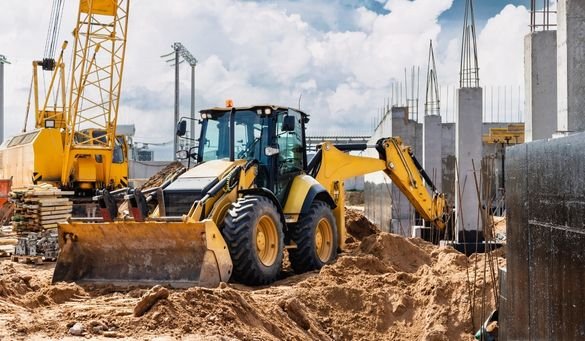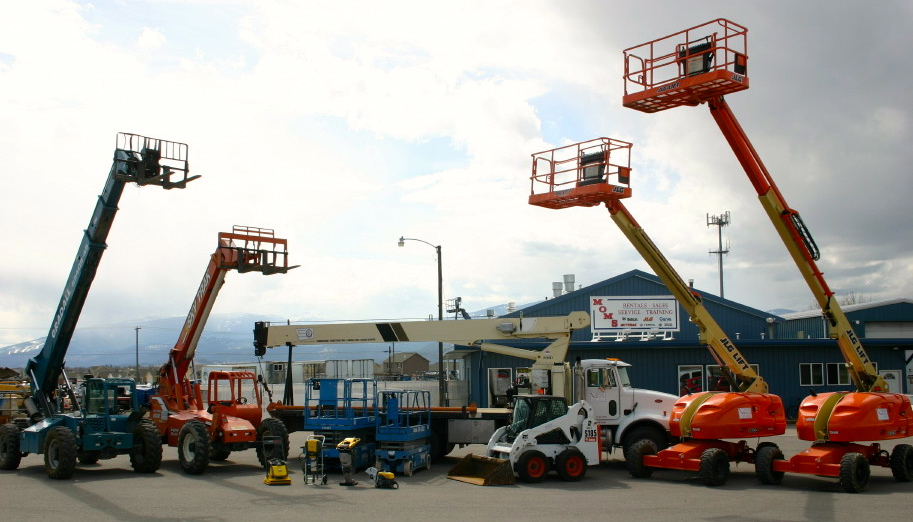Equipment Rental Company: Your Resource for All Kinds Of Equipment
Equipment Rental Company: Your Resource for All Kinds Of Equipment
Blog Article
Optimize Your Budget by Comprehending the Prices Connected With Building Devices Leasings
Recognizing the complete extent of prices connected with construction tools leasings is critical for maximizing your budget plan. What methods can be used to properly handle these prices and ensure an extra reliable rental experience?
Introduction of Rental Expenses
When taking into consideration construction equipment leasings, understanding the linked expenses is critical for efficient budgeting and task planning. Rental expenses can vary considerably based on a number of variables, including tools kind, duration of rental, and location. The first rental charge usually reflects the devices's market need and its linked functional abilities, influencing the overall expenditure.
In addition to the base rental price, supplementary expenses may emerge, such as transportation costs, fuel additional charges, and upkeep charges. It is vital to account for these extra expenditures to precisely evaluate the complete price of renting devices. The rental duration can influence rates; longer services may qualify for discounted rates, while temporary leasings could sustain higher day-to-day fees.

Breakdown of Rental Prices
A detailed understanding of rental prices is crucial for specialists and job supervisors aiming to maximize their budget plans. Rental rates for building tools usually include several parts, including base prices, time-based charges, and use charges.
Base prices are the core fees related to the rental of the equipment, usually figured out by the kind and size of the equipment. These prices can vary significantly, affected by aspects such as equipment demand, availability, and regional market trends. Time-based charges, which might be daily, weekly, or monthly, offer to accommodate various project timelines and rental periods.
Furthermore, rental rates might consist of usage costs, which apply when equipment is utilized beyond a defined threshold, guaranteeing that the rental business can account for deterioration. Seasonal need changes can also affect rental rates, with peak building and construction seasons typically commanding greater prices.
Additionally, understanding the rental business's plans regarding maintenance and insurance can supply further understanding right into the general expense structure. By evaluating these parts, contractors can make enlightened decisions, guaranteeing the selection of rental devices lines up with both project requirements and budget restraints.
Added Costs to Take Into Consideration
Comprehending the details of additional charges is crucial for contractors to handle their general service costs successfully. Past the typical rental prices, different extra fees can considerably affect the overall price of equipment leasing. These costs often consist of delivery and pick-up charges, which can differ based upon range and logistics associated with carrying the tools to and from the job site.
Furthermore, some rental companies might enforce gas surcharges if the devices is returned with much less gas than when rented out. It is likewise important to know possible cleansing charges, especially for specialized tools that requires thorough upkeep after usage.

Extensively assessing the rental agreement and clearing up these additional fees in advance can help specialists make sure and stay clear of unanticipated expenses that spending plans continue to be intact throughout the task lifecycle.
Upkeep and Fixing Expenditures
Routine upkeep and repair work costs are often overlooked variables that can considerably affect the general expense of construction equipment leasings. When renting tools, it is crucial to consider not only the rental costs but likewise the potential expenses connected with maintaining the machinery in optimum operating condition.
Several rental companies include fundamental maintenance as component of the rental arrangement; nevertheless, a lot more unanticipated breakdowns or comprehensive repairs can cause extra costs. It's necessary to assess the rental contract thoroughly to comprehend what upkeep solutions are covered and what duties fall on the tenant.
Moreover, equipment that is not well-kept can bring about inefficiencies at work site, potentially triggering hold-ups and boosting job expenses. To mitigate these threats, it is advisable to carry out regular evaluations and keep open communication with the rental supplier relating to any type of problems that arise throughout use.
Insurance and Responsibility Expenses
Insurance and responsibility expenses are crucial components that can considerably affect the overall expense of construction devices leasings (boom lift rental). These costs make certain that both the rental firm and the client are protected from possible financial losses developing from crashes, damages, or theft throughout the rental period

In addition, customers should know any deductibles or exemptions in the insurance coverage, as these can affect potential out-of-pocket expenditures. Understanding the terms of any type of insurance coverage is crucial to avoid unexpected prices. Ultimately, budgeting for insurance policy and liability costs can assist make sure a smoother rental experience and secure against financial threats linked with building tasks.
Conclusion
In verdict, a comprehensive understanding of the costs associated with building equipment services is necessary for reliable spending plan monitoring. Inevitably, notified decision-making relating to devices leasings adds to the overall success of construction undertakings.
Rental expenses can vary substantially based on a number of elements, consisting of devices kind, duration of moved here leasing, and area (forklift rental). The rental period can influence prices; longer leasings might certify for reduced rates, while short-term rentals may sustain greater daily fees
By performing complete research and involving with reputable rental companies, professionals can efficiently navigate the intricacies of rental rates, ultimately optimizing their economic resources.
Beyond the conventional rental prices, various auxiliary costs can considerably impact the overall cost of tools service. Rental companies typically offer liability insurance coverage that covers injuries to third parties or damage to residential or commercial property, while tools damages insurance policy can cover the expense of fixings or substitute if the rented tools is harmed.
Report this page